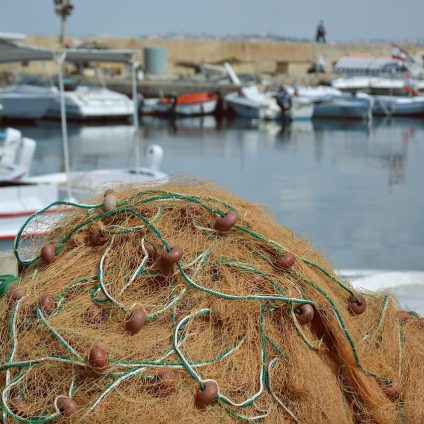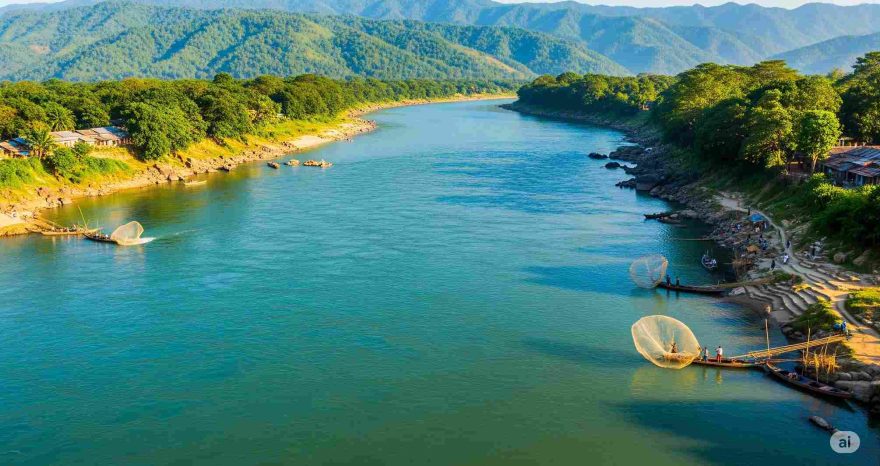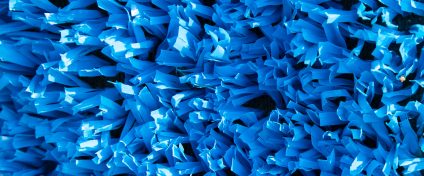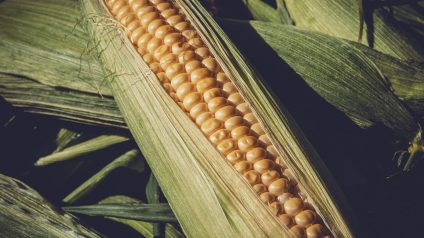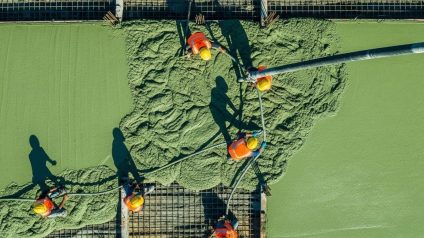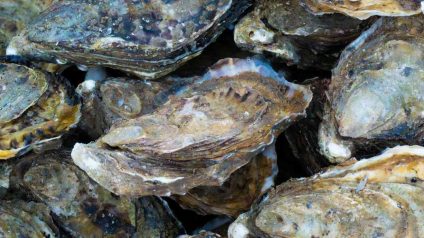Fishing gear is one of the leading sources of microplastics polluting oceans and seas, leaving a trail of synthetic waste along coastlines. While Norway has launched a national system to locate and recover lost equipment, the core issue remains: nearly all gear is made of plastic.
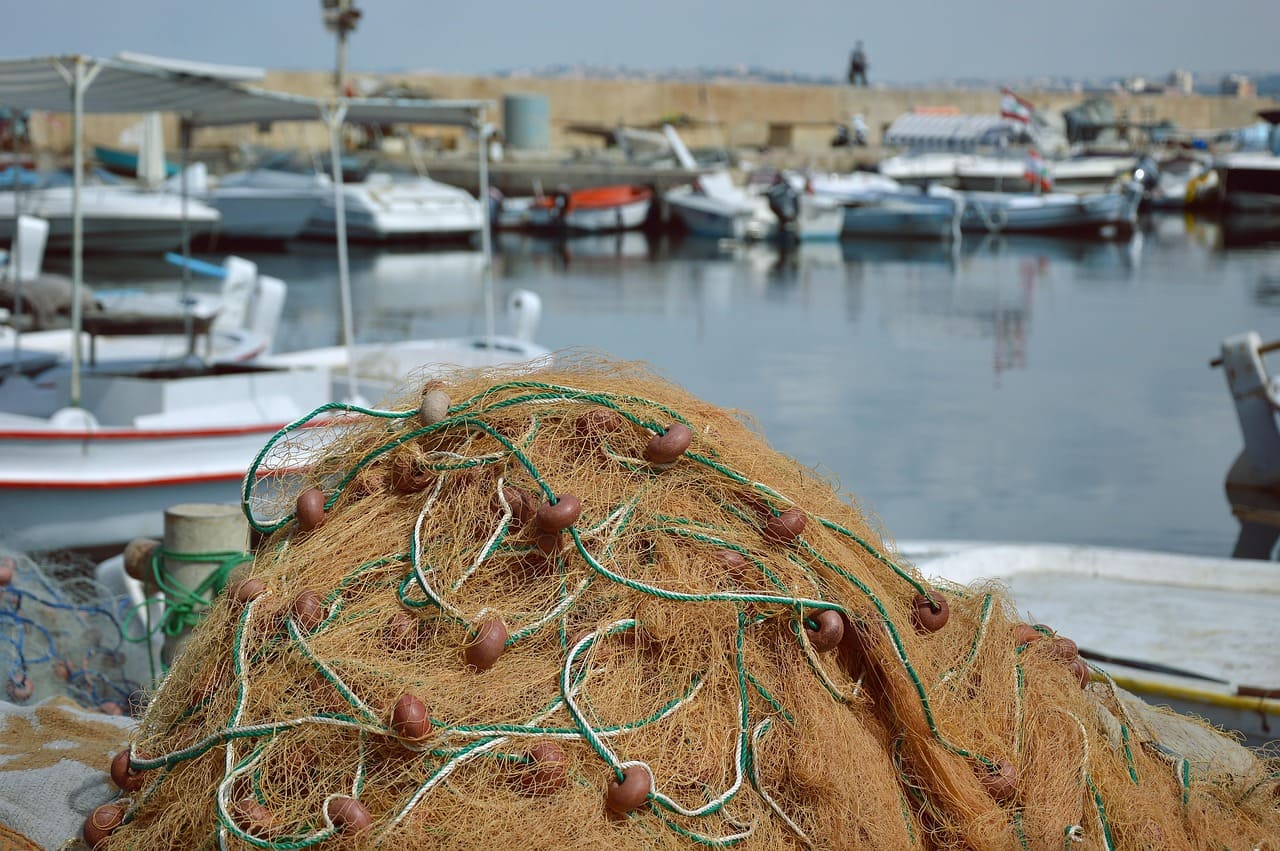
Plastic is choking the ocean
Fishing gear used by commercial fisheries and aquaculture operations is one of the main sources of microplastics polluting oceans and seas. Abandoned or lost equipment continues to litter coastlines and harm marine ecosystems.
“Ghost” gear and its invisible threat
Ghost fishing gear poses a silent yet devastating risk to marine life. Birds build nests in tangled nets or ingest plastic fragments. Fish swallow microplastics or become trapped in drifting nets. And what ends up in fish eventually ends up on our plates.
Once abandoned, this gear settles on the seafloor, becoming an invisible but permanent hazard. Most of it is made from non-degradable plastics like polyethylene, polypropylene, polyester, and polyamide. A single nylon rope can last up to 600 years underwater.
Over time, sunlight and temperature slowly break down this plastic waste into tiny microplastic particles, turning the seafloor into a hidden landfill.
Norway’s recovery system sets an example
Norway has implemented a national program to search for and recover lost fishing gear. The system relies not only on government monitoring but also on voluntary reporting by fishermen.
The results are staggering. In 2022 alone, the Norwegian Sea yielded:
- 1,128 different types of fishing nets
- 28,000 meters of netting
- 26,600 meters of rope
- 204 fishing traps and other tools
- 41,500 meters of trawl rope (most of which were found by chance, not reported as lost)
- 8,500 meters of trawl line
- plus gloves, plastic bags, rain gear, and other synthetic waste
Despite recent improvements, a study on circular economy practices in the fishing sector found serious gaps in gear traceability, loss prevention, and recycling infrastructure.
Scientific research pushes forward
Scientists are working to create next-generation fishing gear made from biodegradable materials that break down faster and leave no toxic residue.
The D-Solve project is investigating how different fishing materials degrade across multiple marine habitats and climate zones, with temperatures ranging from 39°F to 81°F (4°C to 27°C). The project involves key partners like the Norwegian College of Fishery Science at the Arctic University of Norway.
The challenge is massive: plastic is everywhere in the fishing industry, and replacing it won’t be easy. But partnerships among universities, research institutions, and industry players offer hope.
Four research priorities have been identified:
- develop biodegradable ropes and fishing gear
- design gear with simplified structures that are easier to recycle
- scale up production of sustainable alternatives
- ensure that materials are fully recyclable
This is no small task. Fishing equipment is often composed of mixed materials, including lead, copper, and steel. These “mixed waste fractions” complicate recycling.
That’s why collaboration is essential. The Shift-Plastics project brings together multiple research fields to find sustainable, scalable solutions to one of the ocean’s most pressing plastic pollution problems.


